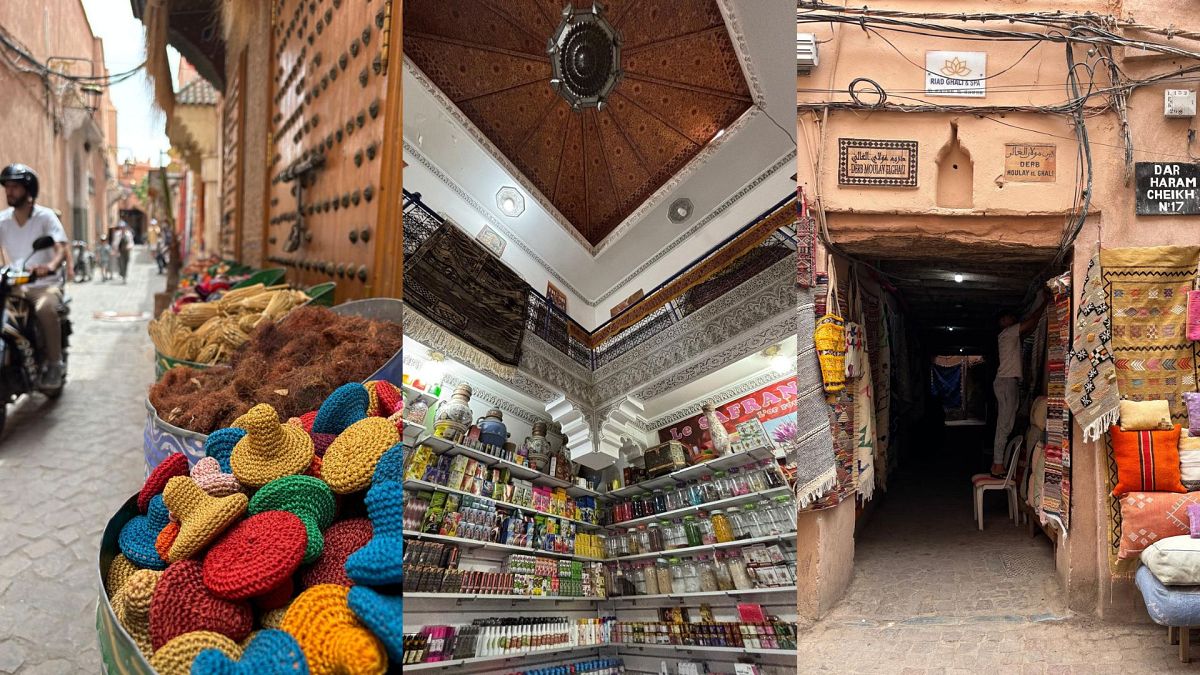

Across continents, from the bustling historied streets of Marrakech to the sacred, newly revealed city of Caral in Peru, and the vibrant literary halls of Brazil, cultural heritage is being honored and milestones of diversity celebrated. These stories showcase the richness of our world’s cultural tapestry and highlight steps toward greater inclusiveness and understanding.
In Marrakech, the heart of Morocco, ancient traditions continue to weave through the city’s vibrant life. Carpet weaving, an age-old craft, remains a cherished art form passed down through generations. These carpets are not just decorative items but narratives of the lives and landscapes that inspire the weavers. Visitors to Marrakech can witness this extraordinary craftsmanship and even partake in workshops to better appreciate the intricate skills involved. Equally captivating is the art of fire dancing, a performance that has enthralled both locals and tourists with its dramatic and mesmerizing display. This dance, surrounded by rhythmic music, offers a glimpse into the dynamic cultural expressions of the region. Additionally, the famed argan oil, often referred to as Morocco’s liquid gold, is a testament to sustainable practices and ancient knowledge, enhancing both local and global beauty rituals.
Switching continents to South America, the sacred city of Caral emerges as a remarkable archaeological discovery in Peru. Hidden for almost 4,000 years, this significant site provides a window into the lives of the Caralian civilization, which flourished between 1800 and 1500 BC. Located strategically between two key pre-Columbian valleys, Caral is notable for its ceremonial artifacts, which suggest extensive interactions with neighboring cultures. The city’s unearthing allows historians and archaeologists to piece together clues about early urban development and social organization in the Americas, further enriching our understanding of ancient human societies.
Meanwhile, in Brazil, a landmark achievement marks a new chapter in cultural recognition and diversity. Ana Maria Gonçalves has been elected as the first Black woman to join the Brazilian Academy of Letters since its inception in 1897. Known for her acclaimed work “Um defeito de cor,” Gonçalves’ inclusion in this prestigious literary institution heralds a significant shift in the landscape traditionally dominated by white men. Her success is celebrated by authors, activists, and the wider public, signifying a step toward greater diversity in cultural and academic representation. The Brazilian government, under the leadership of President Luiz Inácio Lula da Silva, joins in honoring this achievement, acknowledging the broader movement toward inclusivity and acknowledgment of the varied voices that compose Brazil’s rich literary tradition.
These stories from Marrakech, Caral, and Brazil collectively paint a picture of how cultural heritage and contemporary milestones shape our world. By celebrating both ancient traditions and modern achievements, we embrace the diversity that enriches our global society, reminding us of the importance of preserving the past while paving the way for a more inclusive future.
Source: {link}
